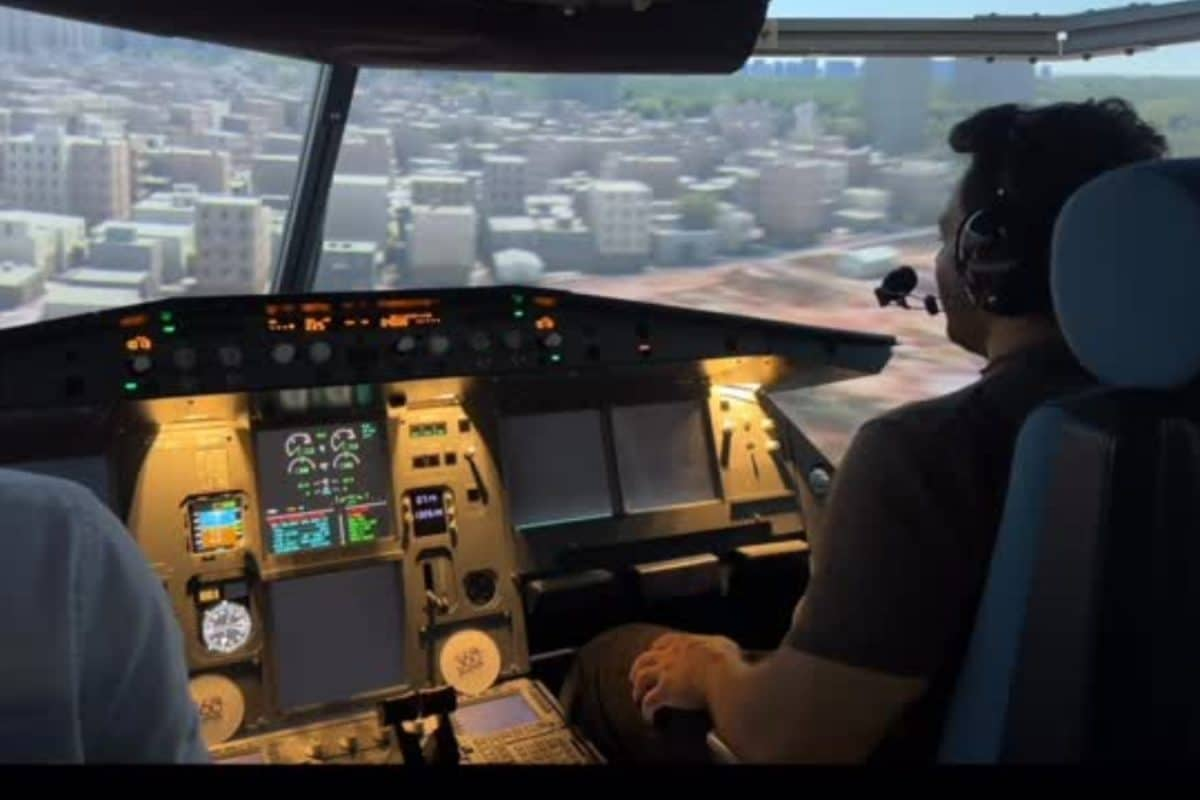

The recent Air India Flight 171 crash in Ahmedabad, which tragically claimed the lives of 241 people on June 12, 2025, has prompted widespread grief and speculation. Among those offering insights is Gaurav Taneja, popularly known as Flying Beast, a YouTuber, IIT graduate, and former pilot with over a decade of flying experience. Taneja has been actively analyzing the possible causes of the crash, sharing his expertise through detailed videos on his YouTube channel, which boasts nearly 10 million subscribers.
Initially, Taneja suggested a rare dual-engine failure as a potential cause, a scenario he described as "extremely, extremely, extremely rare." He explained that a steep descent shortly after takeoff, as experienced by the Boeing 787-8 Dreamliner, could indicate a complete power loss, forcing the aircraft into a significant sink rate. He noted that modern aircraft are designed to alert pilots of major issues before takeoff, and are fully equipped to fly on one functional engine, making dual engine failure virtually unheard of in modern aviation.
However, in his more recent analysis, Taneja has also explored the possibility of pilot error, combined with other contributing factors such as overloading. He emphasized that his intention is not to assign blame but to understand the sequence of events that led to the tragedy. He debunked theories surrounding fuel contamination and bird strikes.
To further investigate potential causes, Taneja simulated the Air India 171 crash in a new video. He recreated the takeoff scenario, taking into account available data and consulting with experts. One key finding was that the aircraft consumed more runway than expected during takeoff. Taneja explained that the simulation, with an aircraft close to its maximum takeoff weight, revealed a late liftoff. During the simulation he felt terrified as he could see the runway about to end. He speculated that the pilots might have been startled when the first engine failed during takeoff and were left with no choice but to proceed because the engine failure happened after the point of no return on the runway.
Taneja further suggested that the pilots might have mistakenly shut down the second engine after becoming airborne, and forgot to pull the landing gear up. He highlighted the "memory items" that pilots are required to follow in the event of an engine failure in a Boeing 787. He speculated that the pilot "flying" might have pulled the thrust idle switch for the faulty engine, and the pilot "monitoring" pulled the fuel control switch off for the wrong engine. "One engine was damaged on the ground, the other engine they killed themselves,” he stated.
Taneja acknowledged the complexity of the situation, noting that modern aircraft are equipped to fly on a single engine, making a dual engine failure highly improbable. He pointed to video footage showing a large dust cloud forming as the plane lifted off, suggesting that it was near the end of the runway. He also suggested that overloading might have been a contributing factor. He simulated the takeoff with a heavier aircraft and discovered that, like Flight 171, it didn't take off at the normal stage. He speculated that the late liftoff could have distracted the pilots, preventing them from raising the landing gear.
In the wake of the Flight 171 disaster, Taneja has also praised pilots for refusing to fly potentially unsafe machines, noting the numerous flight cancellations that followed the crash.